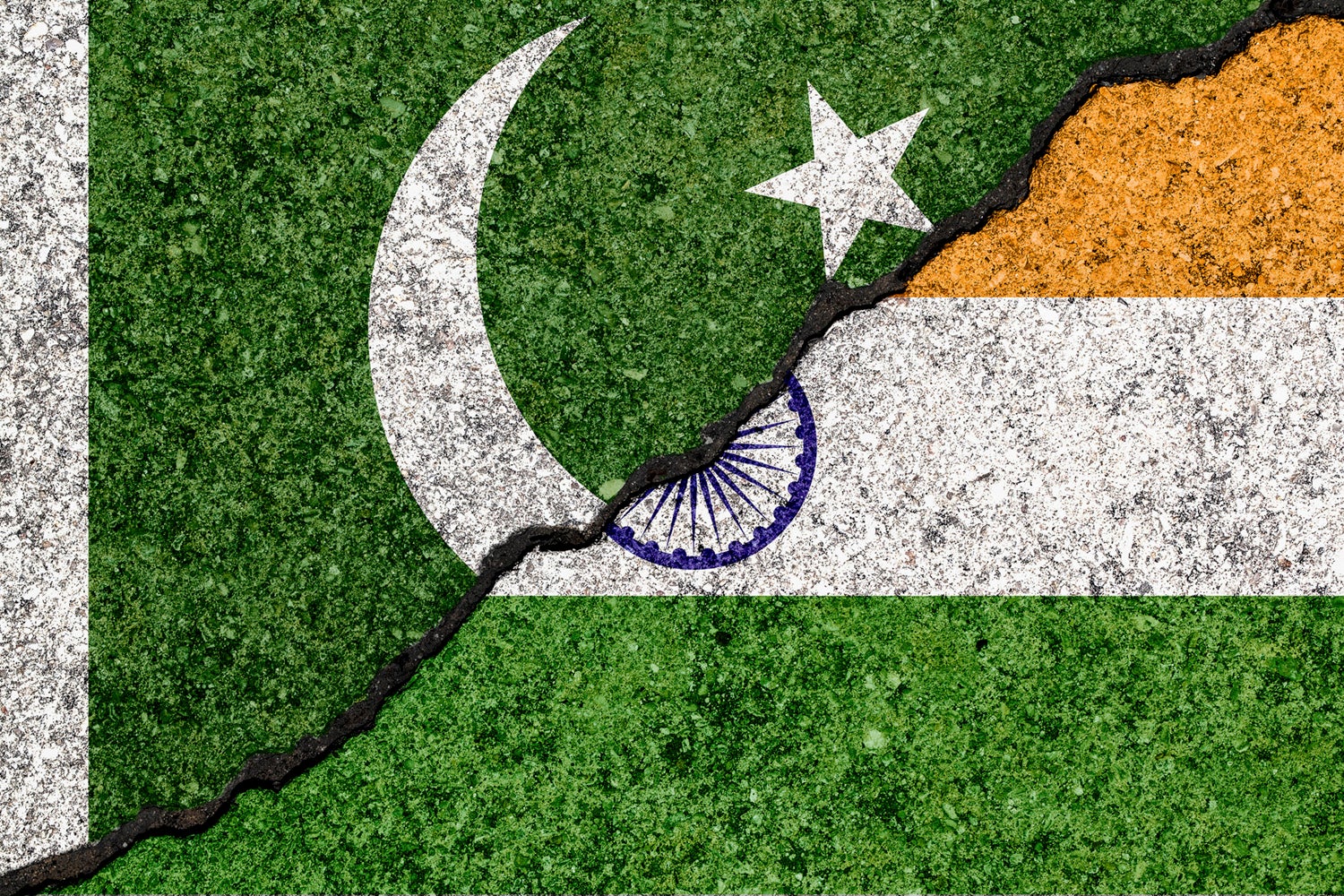The Partition of India took place on August 14-15, 1947. It was known as the “division of two hearts” – India and Pakistan. In 1946, Britain announced it would grant India independence. The partition was caused due to the unexpected result of Britain’s haphazard plan to leave the subcontinent in 1947 after nearly three centuries and split it into Hindu-majority India and Muslim-majority Pakistan, itself carved into two regions more than 1,000 miles apart.
The partition, as it came to be known, triggered one of the biggest migrations in history. More than 1 million people lost their lives. At the time, few people understood what Partition would actually mean or what its results would be, and the migration on the enormous scale that followed took the vast majority of contemporaries by surprise. Around 25% of India’s population was Muslim, the country’s largest religious minority. Under imperial rule, they had grown accustomed to having their minority status protected by a system of reserved legislative seats and separate electorates. Around 80% were Hindus, the majority in the country. In 1945-6, the All India Muslim League, led by Muhammed Ali Jinnah, won a majority of Muslim votes in provincial elections. This strengthened the party’s claim to speak for a substantial proportion of, but never all, the subcontinent’s Muslims. They demanded their own separate state, no longer wanting to be a minority in a Hindu-dominated land. This triggered a partition, but it wasn’t remotely as peaceful as it should’ve been. Rather, it was the country’s worst nightmare.
The areas were supposed to be distributed based on religious majority, i.e., Muslim-majority areas became Pakistani territory, and the rest stayed with India. It created communal riots in the country. There were no single belts of Muslim majority; they were concentrated in East and West. Hence, it was decided that Pakistan would comprise two territories, namely East and West Pakistan, separated by a long expansion of Indian territory. Not all Muslim-majority areas wanted to be merged with Pakistan. Another problem affected minorities on both sides of the border, including Hindus, Muslims, and Sikhs. They were left with no option except to leave their homes. Many got displaced, lost their families, and had to migrate to the other side. They lost everything from as small as a pair of slippers to as big as all the land they owned or houses they lived in. 80,000 women were abducted if they tried to cross the border, converted to the religion of the side they were on, and forcibly married off. Mass violations of human rights took place during the partition. People starved themselves to death, committed suicide, or barely made it to the other side by foot.


